This article was co-authored by Mayami Oyanagi. Mayami Oyanagi is a Physical Therapist and the owner of PT STOP Physical Therapy & Wellness, an individualized physical therapy practice in Los Angeles, California. With over 14 years of experience, Mayami specializes in orthopedic injuries, manual therapy, and sports medicine. She holds an MS in Physical Therapy from the University of Hartford. Mayami is also a board certified Orthopedic Clinical Specialist. She treats the root cause of her client’s problems by utilizing biomechanical assessments.
There are 8 references cited in this article, which can be found at the bottom of the page.
This article has been viewed 39,713 times.
Neck tension can cause headaches and put a damper on your day, but you don’t need to spend lots of money on a massage to relieve those tense muscles. Use your fingers, a tennis ball, or foam rollers to target the tender areas on the back and sides of your neck. It helps to stretch out your neck beforehand so your muscles are somewhat relaxed and therefore more receptive to massage.
Steps
Massaging the Back of Your Neck
-
1Tuck your chin into your chest to stretch the back of your neck. Stand up straight with your feet planted on the ground, shoulder-width apart and your arms relaxed at your sides. Inhale deep into your diaphragm and then lower your chin to your chest. Then, hold the position while you exhale for 5 slow counts. Return your head upright and repeat this stretch 5 to 10 times per day or whenever you feel tense.[1]
- Stretch out your neck to ease muscle tension and make your self-massaging techniques more effective.
- Stretching your neck every day is also important to relieve headaches and migraines caused by neck tension.[2]
- This is a great stretch to do at work—especially if you’re hunched over a computer all day!
-
2Push down on the spot where your neck and spine meet. Use 2 fingers to find the area on the back of your neck where it meets with the top of your spine and apply a light to medium pressure. Push down with your fingers for 30 to 60 seconds or until you feel tension start to melt away.[3]
- If applying pressure to this area hurts, use a lighter touch or come back to it after massaging the area around it.
Advertisement -
3Run your fingers downward along either side of your spine. Use your fingers to find your spine on the back of your neck and then move your fingers 1⁄2 inch (1.3 cm) to 1 inch (2.5 cm) outward. Start at the base of your skull and apply a medium to deep pressure as you slide your fingers downward until you reach the area where your neck meets your shoulders.[4]
- Move your fingers outward from your spine about 1⁄2 inch (1.3 cm) after every 2 or 3 strokes.
- If you find any knots as you move your fingers, linger on top of them with a gentle pressure for at least 10 seconds or until you feel a release.
-
4Squeeze the back of your neck and turn your head to the side. Start by placing your right palm on the back of your neck. Wrap your fingers around your neck so that they’re all parallel (including your thumb). Then, squeeze your neck while you turn your head to the left. Hold this position for 1 deep breathe in and out before returning your head to the center. Then, squeeze your right hand again and turn your head to the right for 1 deep breathe.[5]
- Switch to placing your left hand on the back of your neck, turning your head to the right side first and then the left.
- Apply enough pressure to feel a release (but not pain).
- Repeat this technique 5 to 7 times on each side.
- You should feel the release in the muscles that start near the base of your skull and run all the way down your spine.
-
5Rock back and forth on top of a foam roller placed under your neck. Lie down on top of a foam roller as if you’re going to use it as an upper-back pillow. Cross your arms over your chest with each hand resting on the opposite shoulder. Keep your feet flat on the floor and your knees bent so you can maneuver yourself on top of the roller. Then, use your feet and legs to roll your body downward toward your feet until the roller meets your mid to upper neck.[6]
- Your body should be mostly off the floor, but your butt might graze the floor as your body shifts toward your feet.
- You might feel slight pain or discomfort as the roller releases knots. But if you experience severe sharp or stabbing pain, stop doing this and massage your neck with your hands instead.
- You can purchase a foam roller online or at gyms, fitness stores, or any big-box store that has a fitness section. Just be sure to choose the right size roller for your needs—smaller ones are better at targeting smaller areas and vice versa.
-
6Lie down with a tennis ball under your neck and rock back and forth. Lie down on the floor with your knees bent and your feet flat on the floor. Place a tennis ball under your neck where you feel the most tension. Take a few deep breaths while the ball works its way into your muscles (it might hurt a little but stick with it!). Then, use your feet to rock your body side to side and up and down for a few minutes.[7]
- Reach back and replace the ball in a new area if you need to. Feel free to move it around to wherever you feel the most tension.
- If you feel extreme, sharp pain at any time during this technique, stop doing it immediately.
Relieving Neck and Shoulder Tension
-
1Drop your shoulders down and back to relax them. Make a conscious effort to push your shoulders away from your ears. This will help relax the trapezius muscles that connect your shoulders to your neck.[8]
- Relaxing your muscles before you massage them will help make the muscles more receptive.
-
2Tilt your head to each side to stretch out your neck and shoulders. Start by pushing your right ear down towards your right shoulder. Go as far as you can and hold this position for 5 to 10 deep breaths. Then, return your head to its center, upright position and perform the same movement on your left side.[9]
- If you notice any pain while performing this action, stop attempting to do it and see a doctor about a possible neck strain.
- As a variation, use your fingers to apply light pressure to the convex side of your neck (the side opposite of your lowered ear). Start by pressing down just below your ear then move downwards. Hold your fingers on each spot for about 10 seconds.
-
3Use 2 fingers to massage away knots between your shoulders and neck. Cross your right arm across your chest to touch the sloping area between your neck and left shoulder. Dig your middle and index fingers into this area to find the most tender spot (a knot). Then, gently press down in and around the tender area, moving up toward your neck and down toward your shoulder. Perform this movement for about 1 minute to feel some tension relief.[10]
- Repeat this process on your left side.
- As a variation, cross your arms in front of your chest to massage both sides at the same time.
-
4Lie down with a tennis ball placed under your neck and turn your head. Lie on the floor with your knees bent and your feet flat on the floor. Place a tennis ball into the groove under the right side of your neck where you feel a knot. Breathe in and out a few times before slowly turning your head to the right until you feel another tender spot. Hold that position for 5 to 10 breaths before continuing to roll your head until your ear is facing the floor.[11]
- Repeat this movement on the left side of your neck.
- If you feel extreme sharp or stabbing pain at any time during this technique, stop doing it immediately.
- If you have neck pain, keep your neck level aligned with your body and head while sleeping.[12]
- Keep your pillow as low as possible when you sleep on your back.[13]
- Keep the pillow a little higher when you sleep on your side.[14]
Expert Q&A
Did you know you can get expert answers for this article?
Unlock expert answers by supporting wikiHow
-
QuestionHow do you give a neck massage?
 Justyna KaretaJustyna Kareta is a Certified Master Massage Therapist and Owner of Lush Massage, a massage studio based in San Francisco, California. Justyna has over nine years of experience as a therapist and specializes in Lomi Lomi Hawaiian Massage and CranioSacral Therapy to soothe the nervous system and facilitate deep healing. She received her massage therapy training from the Southwest Institute of Healing Arts, is certified by California Massage Therapy Council, and is a member of the Associated Bodywork & Massage Professionals.
Justyna KaretaJustyna Kareta is a Certified Master Massage Therapist and Owner of Lush Massage, a massage studio based in San Francisco, California. Justyna has over nine years of experience as a therapist and specializes in Lomi Lomi Hawaiian Massage and CranioSacral Therapy to soothe the nervous system and facilitate deep healing. She received her massage therapy training from the Southwest Institute of Healing Arts, is certified by California Massage Therapy Council, and is a member of the Associated Bodywork & Massage Professionals.
Certified Master Massage Therapist
Warnings
- If you are unable to move your neck or if you experience severe pain while moving it, see a doctor.⧼thumbs_response⧽
- Avoid overstretching your neck to the front or sides because doing so can strain the muscles.⧼thumbs_response⧽
References
- ↑ https://www.spine-health.com/conditions/neck-pain/neck-strengthening-exercises
- ↑ https://www.ncbi.nlm.nih.gov/pubmed/20461336
- ↑ https://health.clevelandclinic.org/knots-in-your-neck-how-to-try-a-trigger-point-massage-to-release-them/
- ↑ https://health.clevelandclinic.org/knots-in-your-neck-how-to-try-a-trigger-point-massage-to-release-them/
- ↑ https://www.uhn.ca/PatientsFamilies/Health_Information/Health_Topics/Documents/Do_Lymphatic_Self-massage_Face_Head_Neck.pdf
- ↑ https://youtu.be/NHEzREZskyU?t=119
- ↑ https://www.uhn.ca/PatientsFamilies/Health_Information/Health_Topics/Documents/Do_Lymphatic_Self-massage_Face_Head_Neck.pdf
- ↑ https://www.self.com/gallery/stretches-relieve-sore-neck-sitting-all-day
- ↑ https://www.self.com/gallery/stretches-relieve-sore-neck-sitting-all-day
- ↑ https://exploreim.ucla.edu/video/acupressure-points-for-neck-pain-and-headache/
- ↑ https://www.uhn.ca/PatientsFamilies/Health_Information/Health_Topics/Documents/Do_Lymphatic_Self-massage_Face_Head_Neck.pdf
- ↑ Mayami Oyanagi. Physical Therapist. Expert Interview. 27 January 2021.
- ↑ Mayami Oyanagi. Physical Therapist. Expert Interview. 27 January 2021.
- ↑ Mayami Oyanagi. Physical Therapist. Expert Interview. 27 January 2021.
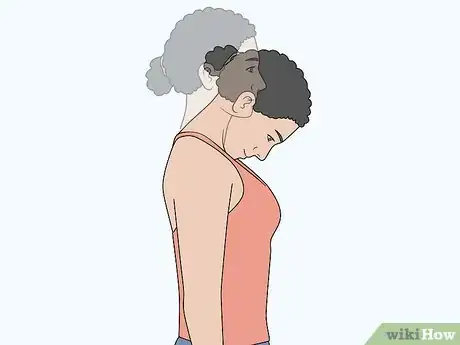
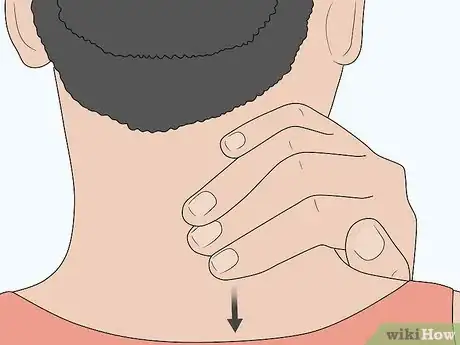
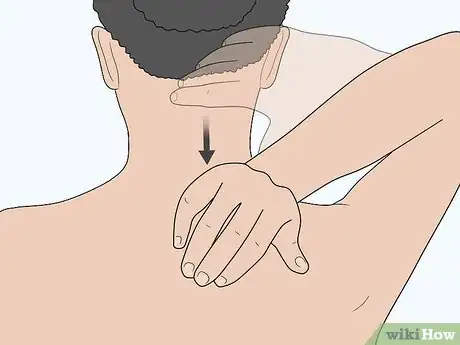

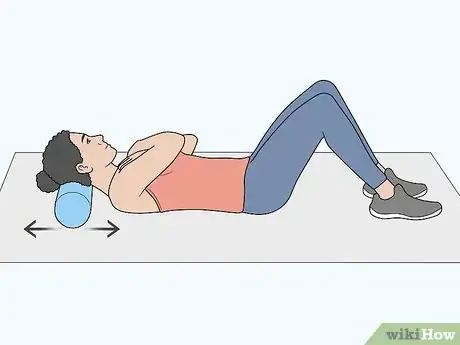

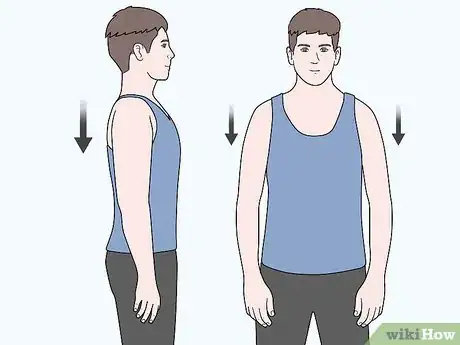
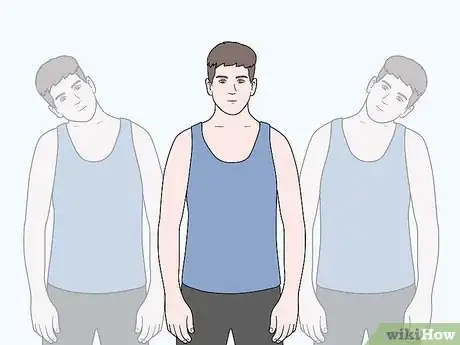
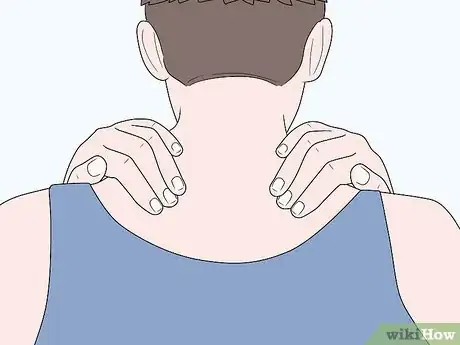
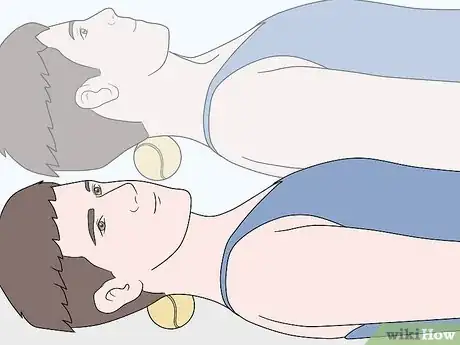

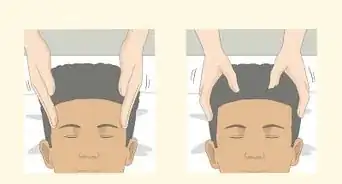

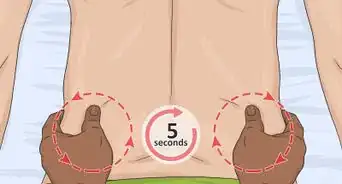
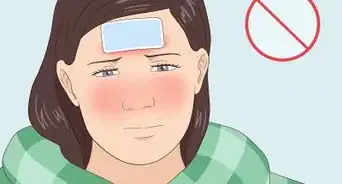
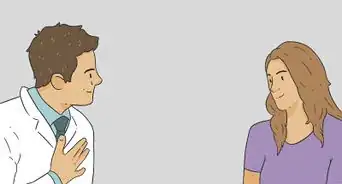
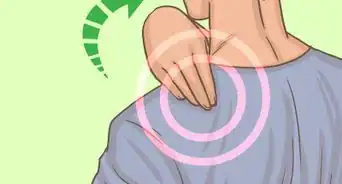
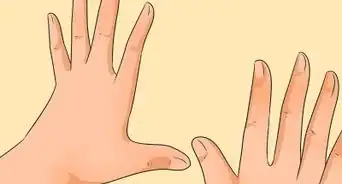
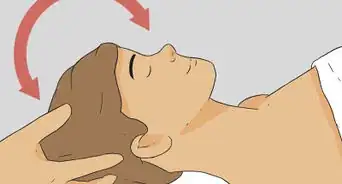
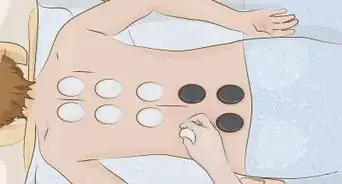
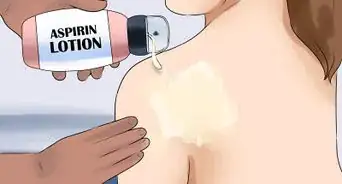






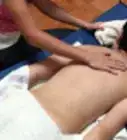


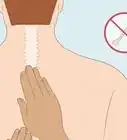



































Medical Disclaimer
The content of this article is not intended to be a substitute for professional medical advice, examination, diagnosis, or treatment. You should always contact your doctor or other qualified healthcare professional before starting, changing, or stopping any kind of health treatment.
Read More...